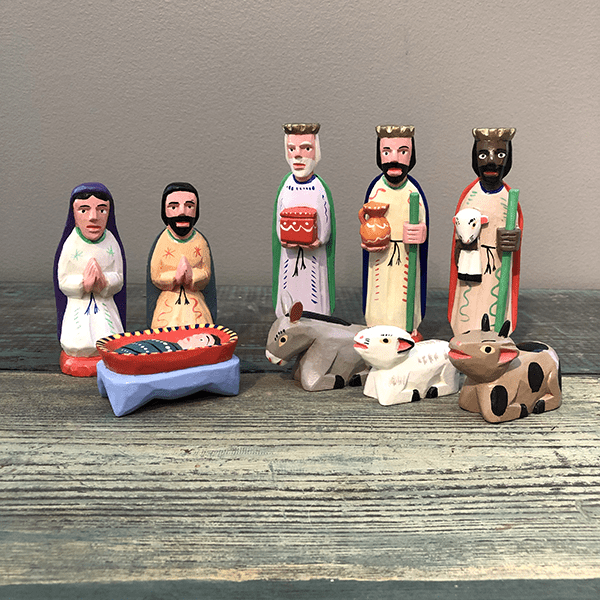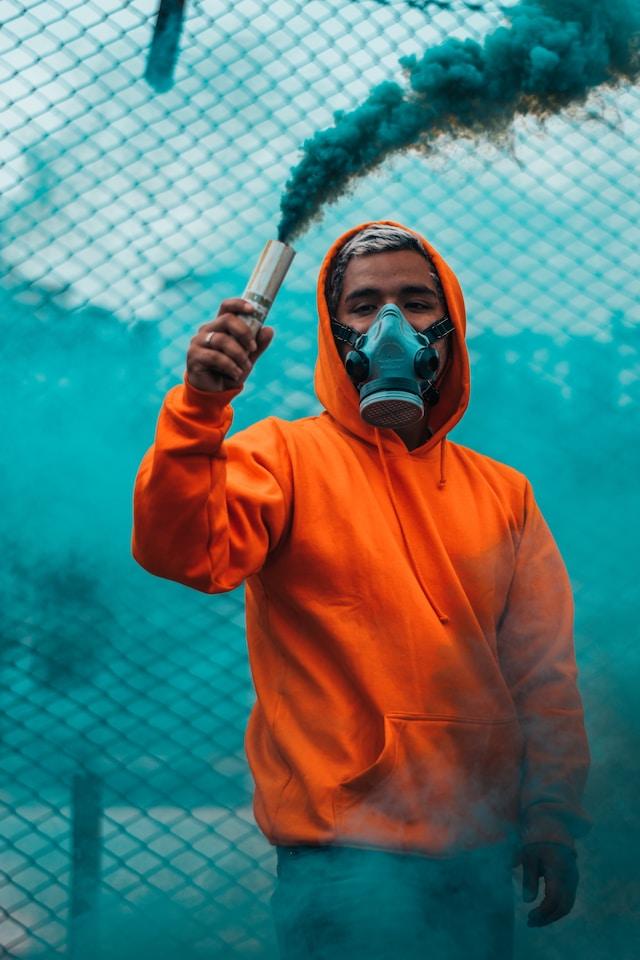Guatemala, a country located in Central America, is renowned for its rich cultural heritage, and its art and crafts are a vivid reflection of this vibrant culture. Guatemalan art and crafts are deeply rooted in the country’s indigenous traditions, colonial history, and natural beauty. From colorful textiles to intricate ceramics and wooden carvings, Guatemalan art and crafts possess several distinct characteristics that make them truly unique and captivating. In this blog, you will explore some of the top characteristics of Guatemalan art & crafts.
Vibrant Colors and Intricate Designs:
One of the most striking characteristics of Guatemalan art and crafts is the use of vibrant colors and intricate designs. Whether it’s textiles, pottery, or wooden carvings, the use of bold and bright colors is a hallmark of Guatemalan art. These colors often reflect the natural beauty of the country, with shades of blues, greens, and reds reminiscent of Guatemala’s landscapes, flora, and fauna. Intricate patterns and designs are also a prominent feature, with many pieces featuring geometric shapes, floral motifs, and symbols inspired by Mayan culture.
Traditional Techniques:
Guatemalan artisans take pride in preserving traditional techniques that have been passed down through generations. One of the most iconic art forms is weaving, where artisans create intricate patterns and textiles using a backstrap loom. The process of hand-dyeing threads with natural plant-based dyes, such as indigo, cochineal, and achiote, is a time-honored tradition. Additionally, pottery and ceramic pieces are often made using ancient techniques that involve shaping and decorating the clay by hand. These methods ensure that the art and crafts of Guatemala maintain a strong connection to its cultural heritage.
Indigenous Influence:
Guatemalan art and crafts are heavily influenced by the country’s indigenous population, primarily the Maya. The Maya civilization has a rich history of artistic expression, and this heritage continues to influence contemporary Guatemalan artists. Many traditional motifs and symbols from Mayan culture, such as the quetzal bird and hieroglyphs, can be found in various art forms. These influences provide a sense of cultural continuity and a connection to the deep-rooted history of the region.
Handcrafted and Artisanal:
The majority of Guatemalan art and crafts are created by skilled artisans using traditional, labor-intensive methods. Handcrafting plays a central role in the production of textiles, ceramics, and other items. This emphasis on artisanal craftsmanship ensures that each piece is unique and carries the personal touch of the creator. It also supports local communities, as many artisans rely on their craft as a source of income.
Sustainable and Eco-Friendly Materials:
Many Guatemalan artisans prioritize the use of sustainable and eco-friendly materials in their creations. For example, the natural dyes used in textile production are often derived from plant sources and are less harmful to the environment. Additionally, artisans may source wood for carvings and sculptures from sustainable forests to protect the country’s diverse ecosystems. This commitment to using eco-friendly materials aligns with Guatemala’s efforts to promote sustainability and protect its natural resources.
Religious and Cultural Significance:
Guatemalan art and crafts often have religious and cultural significance. For instance, wooden carvings frequently depict saints, angels, and religious scenes, reflecting the deep Catholic influence in the country. These pieces are not only works of art but also serve as important religious icons. Additionally, textiles and clothing are integral to Guatemalan cultural identity, with each region and community having its unique clothing styles and patterns, which are often worn during traditional ceremonies and festivals.
Regional Diversity:
Guatemala’s diverse geography and ethnic makeup contribute to the regional diversity of its art and crafts. Different regions of the country have their own unique artistic traditions and styles. For example, the highlands of Guatemala are famous for their colorful textiles, while the city of Antigua is known for its ceramics and pottery. The coastal regions may specialize in seashell and coconut-based crafts. This regional diversity adds depth and richness to the overall Guatemalan art and crafts scene.
Marketplaces and Festivals:
Guatemalan art and crafts are not only celebrated for their aesthetics but are also a significant part of the country’s tourism and economy. Local markets and festivals play a crucial role in showcasing and selling these products to both locals and tourists. Mercados (markets) can be found throughout the country, where visitors can purchase a wide range of handmade items. You can get Guatemalan Art & Crafts Online from Galerie Bonheur at amazing prices.




